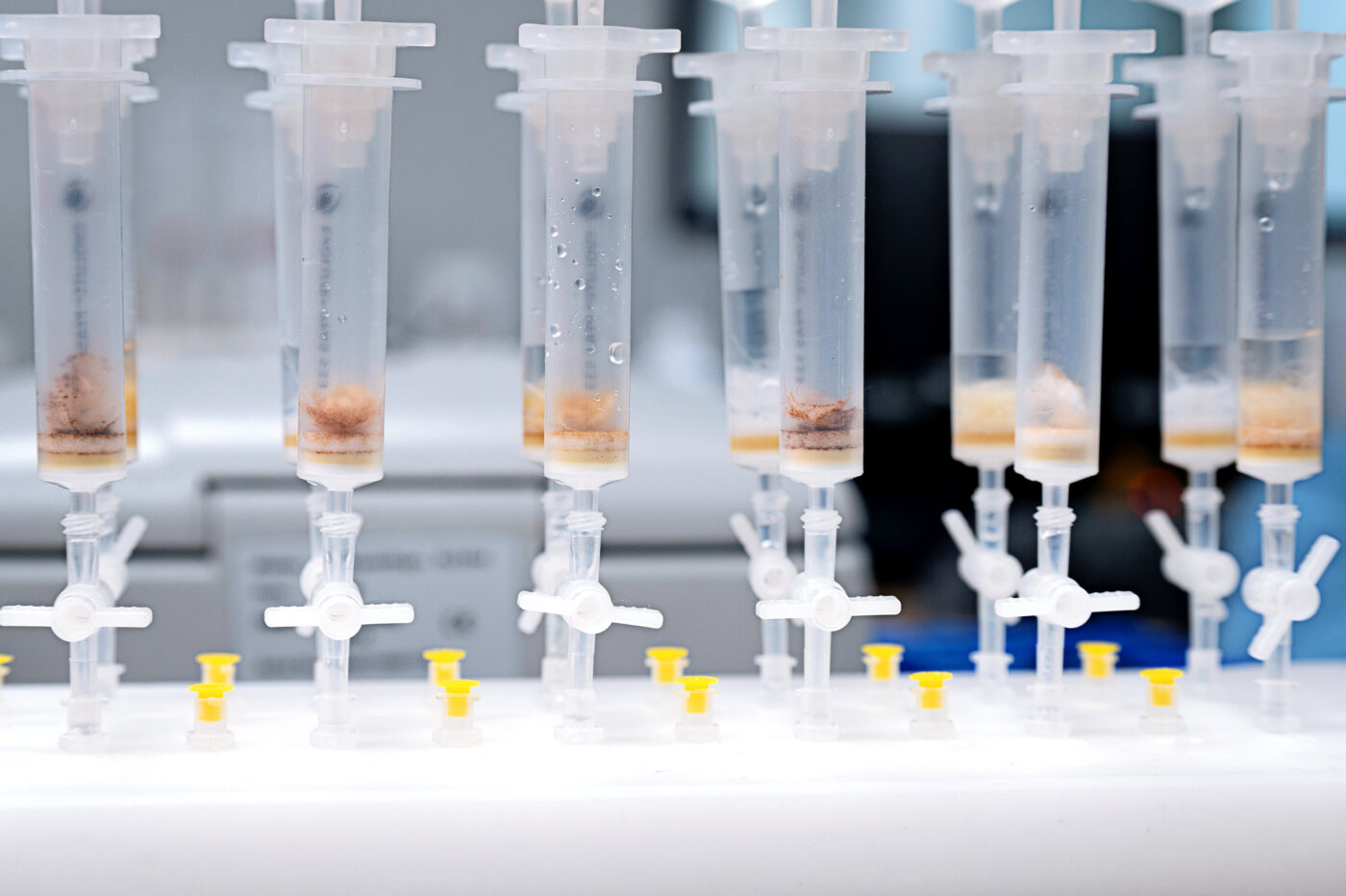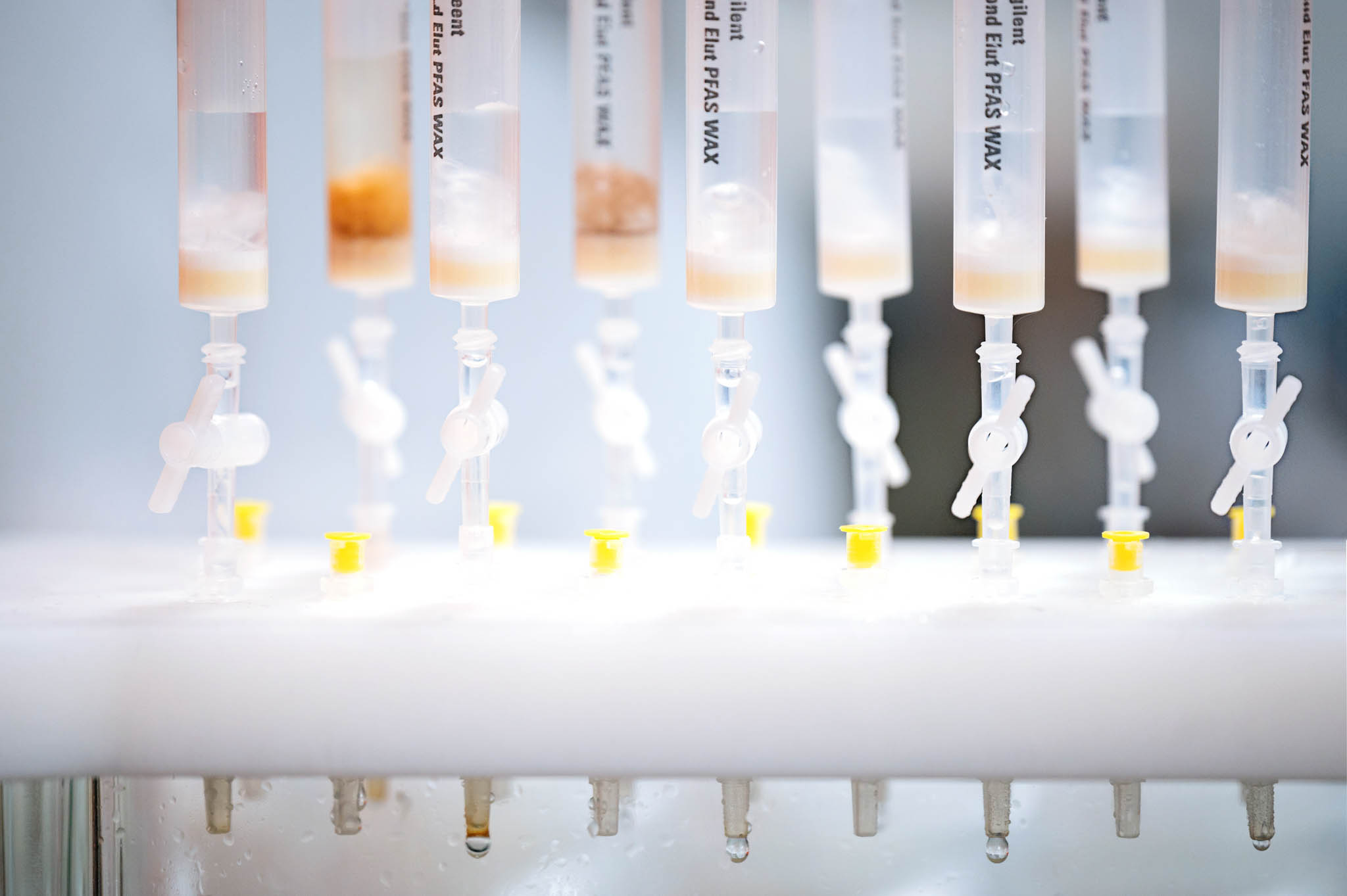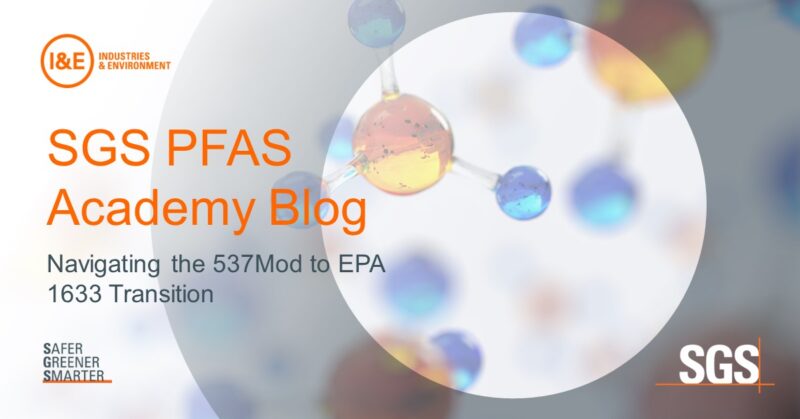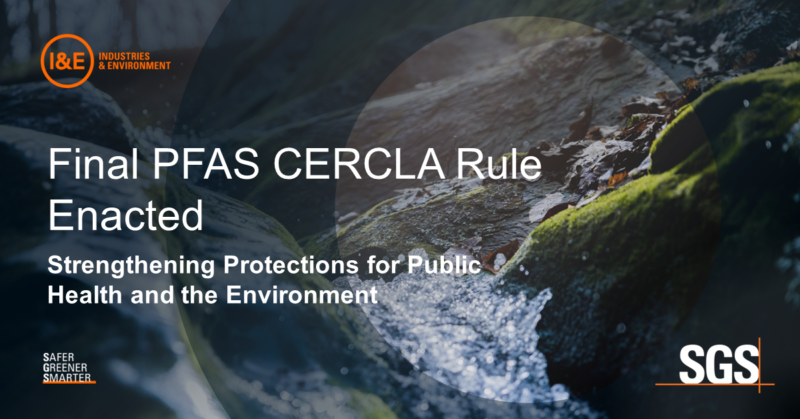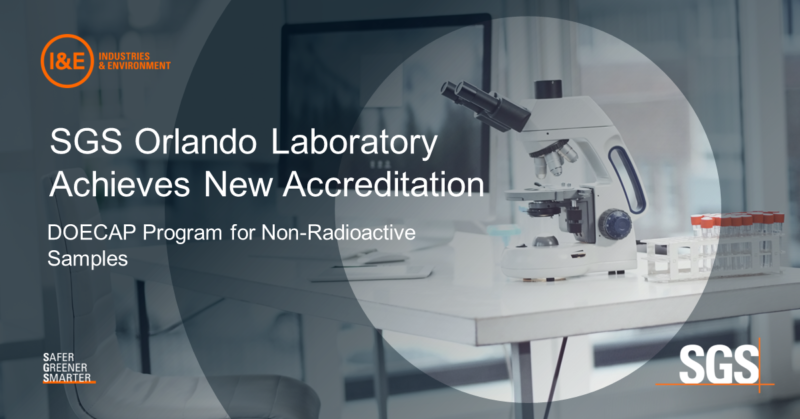PFAS Method Selector
|
APPLICATION |
PREFERRED METHOD |
REPORTING LIMITS AND ATTRIBUTES |
PFAS TARGETS |
|
Comprehensive PFAS, monitoring in Water, Solids and Tissue |
EPA 1633A |
0.4-5 ng/L aqueous and sub-ng/g solids. The most comprehensive reference method draft for quantitative PFAS reporting in all terrestrial environmental compartments including ambient and waste monitoring, featuring all best practices including isotope dilution, weak anion exchange, carbon cleanup and more |
40 |
|
US Drinking Water |
EPA 537.1 and EPA 533LC-MS/MS |
1-5 ng/L. For drinking water testing only, targeted for UCMR5, compliance MCL monitoring, state drinking water monitoring and other drinking water applications. EPA 537.1 does not feature isotope dilution or weak anion exchange cleanup |
29 (18 in 537.1 and |
|
Target PFAS Screening |
ASTM D8421, ASTM D8535, EPA 8327 LC-MS/MS |
10-20 ng/L. Ideal for rapid (1-5 day) TAT screening of samples for initial site characterization, remediation testing and more prior to confirmatory analysis. Use method to understand problem scope, and success/failure of remediation measures, use data to refine scope of more comprehensive measurement. ASTM methods feature isotope dilution. |
Up to 44 |
|
Fluorine Screening |
EPA 1621 and more by combustion ion chromatography (CIC) |
1-2 ug/L for organic fluorine measurement. In-house methods available for extractable organic fluorine and total fluorine. |
1 (Total) |
|
PFAS Precursor |
Inhouse LC-MS/MS |
5-10 ng/L water and solids (low ng/g). Ideal to measure presence of unknown PFAS as precursors. Provides chain length information and LC-MS/MS. |
Up to 40 |
|
Extended PFAS |
Inhouse methods LC-MS/MS and GC-MS or GC-MS/MS |
Up to 90 PFAS including fluorotelomer alcohols, ultrashort PFAS such as Trifluoroacetic acid (TFA) and more can be reported. |
Up to 90 |
|
Non-/semivolatile PFAS monitoring in stack emissions |
OTM-45 by LC-MS/MS |
Nonvolatile and semivolatile PFAS in stack emissions captured on filter, gas sorbent and water for compliance/other monitoring of PFAS from factory, incinerator and other PFAS remediation/destructive flue gas stack. Uses isotope dilution and weak anion exchange |
49 |
|
Volatile PFAS monitoring in stack emissions and other air applications |
OTM-50 by GC-MS |
Volatile PFAS in stack and indoor/outdoor emissions captured in a canister for compliance/other monitoring of volatile PFAS from factory, PFAS user, incinerator and other PFAS remediation/destructive flue gas stack. Can also be used for non-stack applications. |
30 + qualitatively identified PFAS |
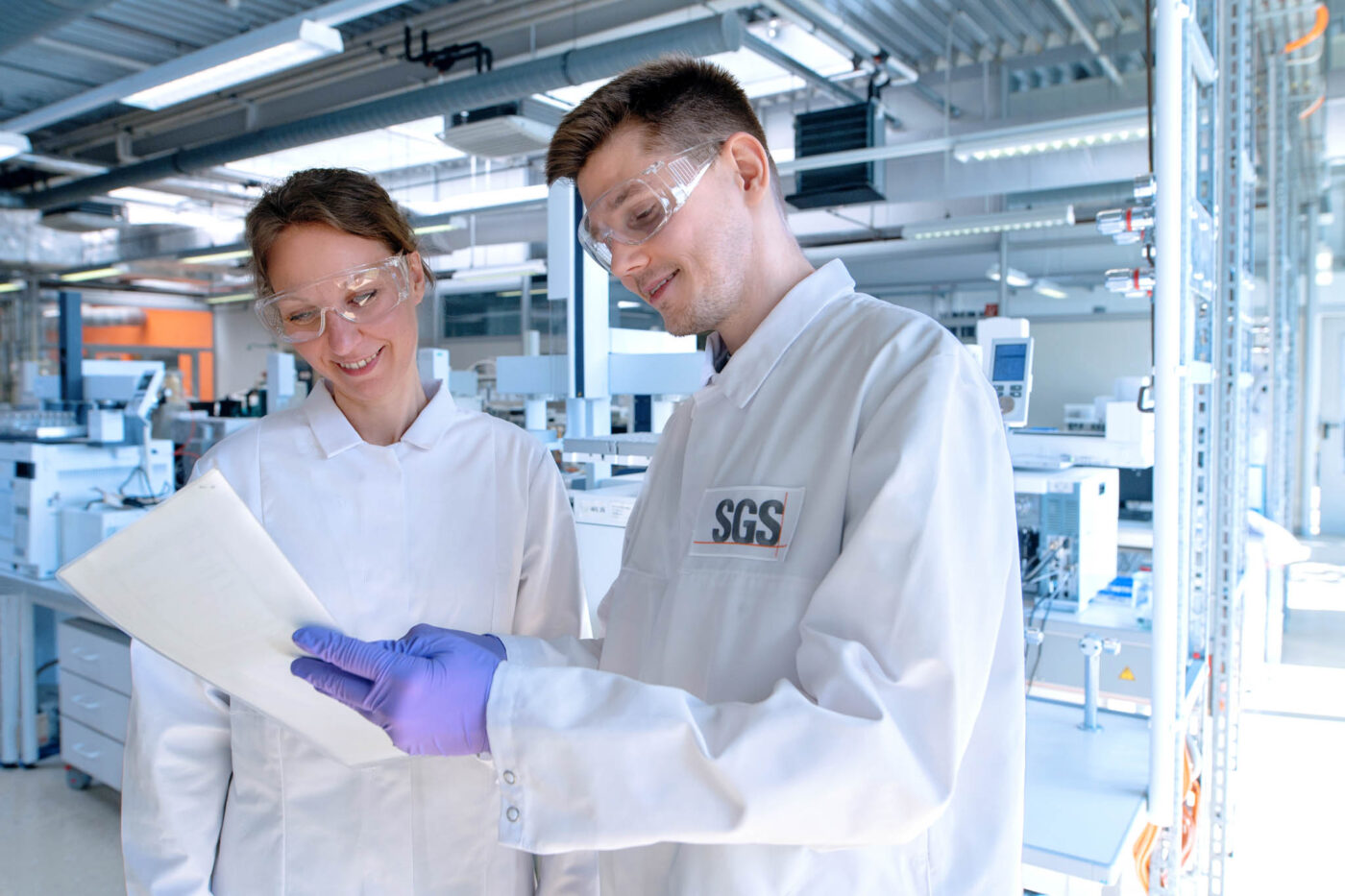
Reliable and defensible data is the cornerstone of informed decisionmaking, especially when dealing with substances as critical as PFAS. From sample collection to analysis and reporting, following these guidelines will help you maintain the highest standards of data quality, ultimately empowering you to make sound, evidencebased choices in managing PFAS.
Contact Us
For more information contact:
[email protected]
Why SGS for PFAS Analysis?
- Capacity: We have invested heavily in capacity and geographical coverage (10+ labs) and can offer 1–3 day turnaround options for screening level methods, and in some cases, fully determinative methods such as EPA 1633A.
- Support: We support every matrix from simple drinking water to complex spent media, tissue, serum and products.
- Expertise: We have been measuring emerging contaminants since the 1970s, PFAS since 2003 and have shaped PFAS best practices on storage, stability, sampling, interferences and more. Our leadership resulted in SGS authorship/validation of EPA 1633.
- Accreditation: Our dedicated North America-wide accreditation team plays a pivotal role in ensuring our continuous PFAS compliance is up to date with the latest accreditations, regulations, and industry standards.
- Network: Our nationwide (and global) network means you can leave the sampling supplies and sample delivery logistics to us and focus on your project.
- Innovation: We were one of the first networks in the DoD PFAS program and continue our long-standing support of DoD PFAS cleanup effort with industry leading data quality and TAT.
